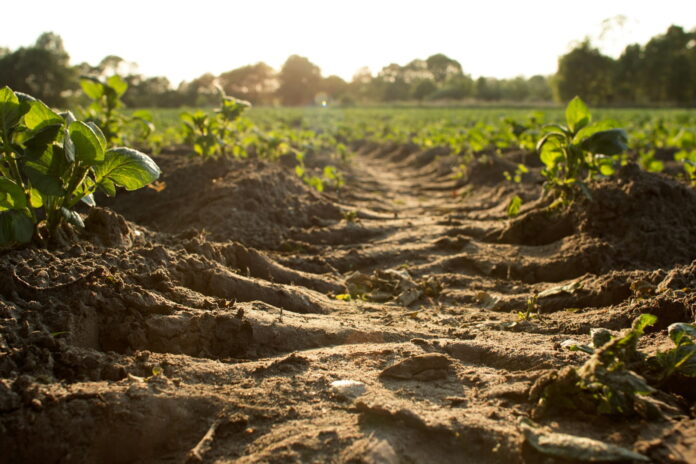The health of our soil is a foundational element in the broader context of environmental sustainability and climate resilience. As the impacts of climate change become increasingly evident, the role of soil health in mitigating these effects has garnered significant attention.
The Role of Soil Health in Climate Resilience
Soil health is a pivotal factor in the resilience of ecosystems to climate change. Healthy soils are characterized by rich organic matter, diverse microbial communities, and robust structure, all of which contribute to the soil’s ability to absorb and retain water. This water retention capability is crucial during periods of drought, as it helps maintain plant health and productivity. Conversely, during heavy rainfall, well-structured soils can prevent erosion and reduce the risk of flooding by enhancing water infiltration.
Moreover, healthy soils play a significant role in carbon sequestration. Soils with high organic matter content can store large amounts of carbon, thus acting as a carbon sink and helping to mitigate greenhouse gas emissions. This process not only reduces the concentration of CO2 in the atmosphere but also improves soil fertility and structure, creating a positive feedback loop that further enhances the soil’s resilience to climate extremes.
In addition to water management and carbon storage, soil health influences the resilience of agricultural systems. Crops grown in healthy soils are generally more robust and less susceptible to pests and diseases. This resilience is vital for food security, especially in regions prone to climate-induced stresses such as droughts, floods, and temperature extremes. Thus, maintaining and improving soil health is essential for sustaining agricultural productivity and ensuring the resilience of food systems in the face of climate change.
Key Factors Linking Soil Health to Climate Adaptation
Several key factors underpin the link between soil health and climate adaptation. One of the most critical is soil organic matter, which enhances soil structure, water retention, and nutrient availability. Organic matter also supports a diverse microbial ecosystem that contributes to nutrient cycling and disease suppression. By improving these soil properties, organic matter helps buffer crops against the adverse effects of climate variability.
Soil biodiversity is another crucial factor. A diverse microbial community in the soil can enhance nutrient cycling, improve soil structure, and increase the resilience of crops to pests and diseases. This biodiversity also helps soils recover more quickly from disturbances, such as extreme weather events, by maintaining essential ecosystem functions. Therefore, promoting soil biodiversity is a key strategy for enhancing climate resilience.
Furthermore, soil management practices play a significant role in linking soil health to climate adaptation. Practices such as crop rotation, cover cropping, reduced tillage, and the use of organic amendments can improve soil structure, increase organic matter content, and enhance water retention. These practices not only boost soil health but also make agricultural systems more resilient to climate change by reducing erosion, improving water management, and enhancing the overall sustainability of farming operations.
Strategies to Enhance Soil Health for Better Climate Resilience
To enhance soil health and, consequently, climate resilience, several strategies can be implemented. One effective approach is the adoption of conservation agriculture practices. These include minimal soil disturbance (no-till or reduced tillage), maintaining soil cover with cover crops or mulch, and diversifying crop rotations. These practices help build soil organic matter, improve soil structure, and increase water infiltration and retention, making soils more resilient to climate extremes.
Another strategy is the use of organic amendments, such as compost and manure, which can significantly boost soil organic matter and nutrient content. These amendments not only improve soil fertility but also enhance microbial activity and soil structure. By increasing the organic matter content, soils become better at retaining moisture and nutrients, which is particularly beneficial during periods of drought or heavy rainfall.
Lastly, promoting agroforestry and integrating trees into agricultural landscapes can enhance soil health and climate resilience. Trees contribute to soil organic matter through leaf litter and root biomass, improve soil structure with their root systems, and enhance water infiltration and retention. Additionally, trees can provide shade and reduce wind speed, mitigating the effects of extreme weather on crops. By integrating these strategies, farmers and land managers can create more resilient agricultural systems that are better equipped to withstand the challenges posed by climate change.
The interconnectedness of soil health and climate resilience is a critical aspect of sustainable environmental management. By understanding and leveraging the key factors that link soil health to climate adaptation, and by implementing effective strategies to enhance soil health, we can build more resilient ecosystems and agricultural systems capable of withstanding the impacts of climate change.
